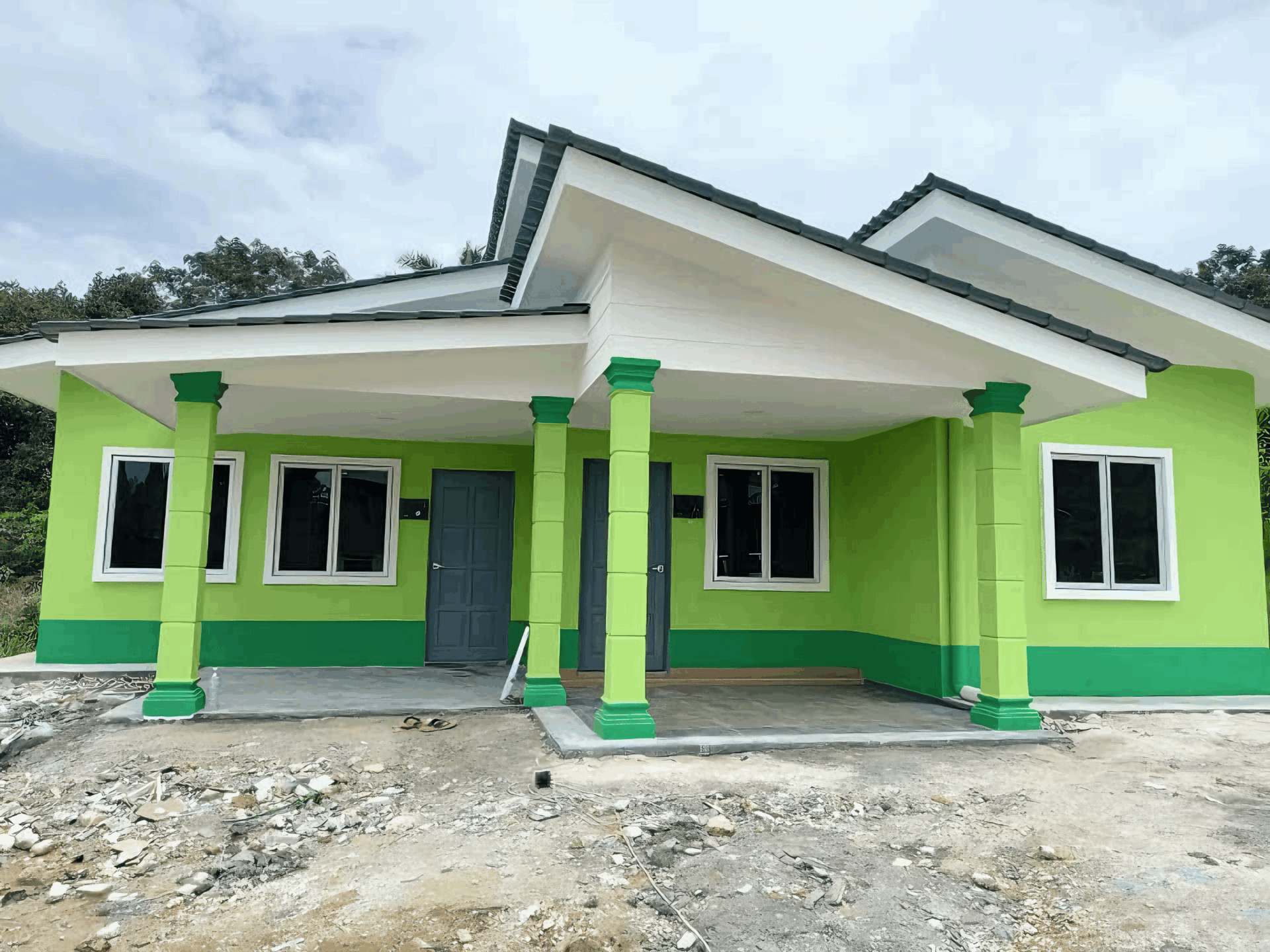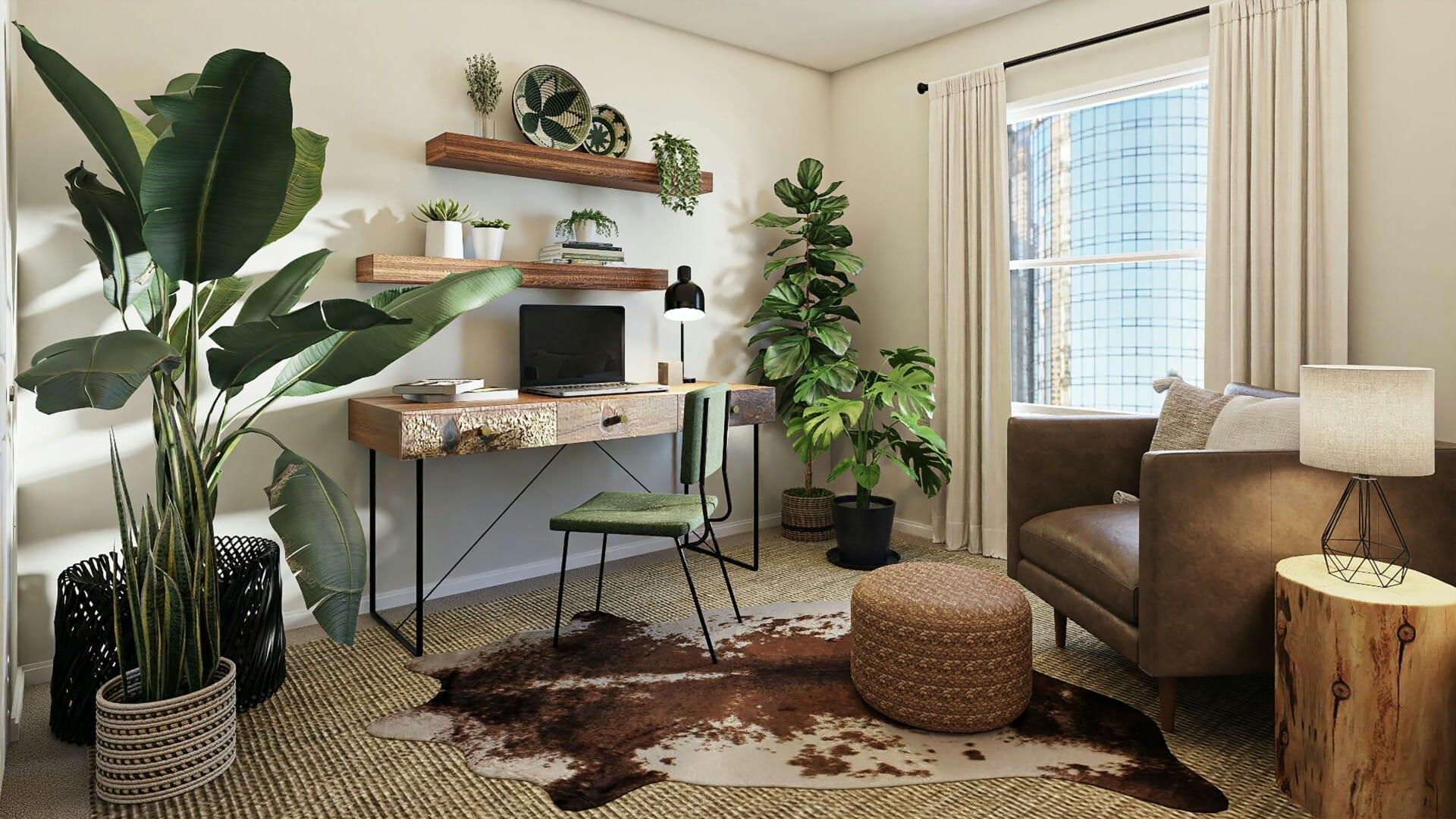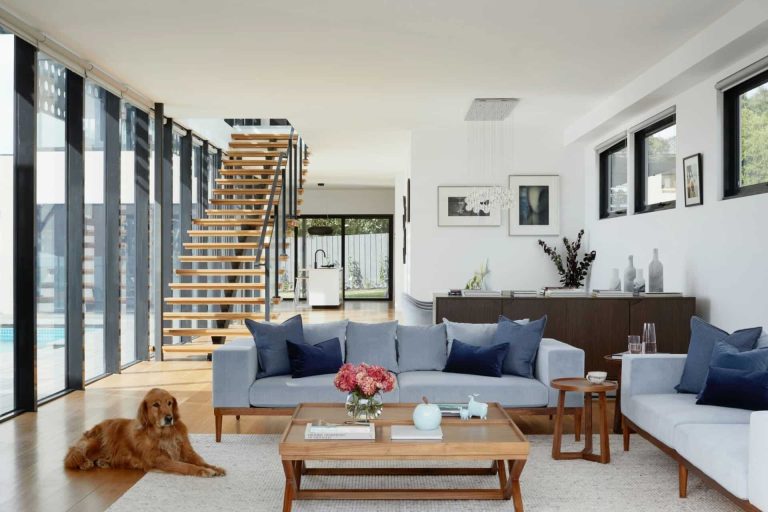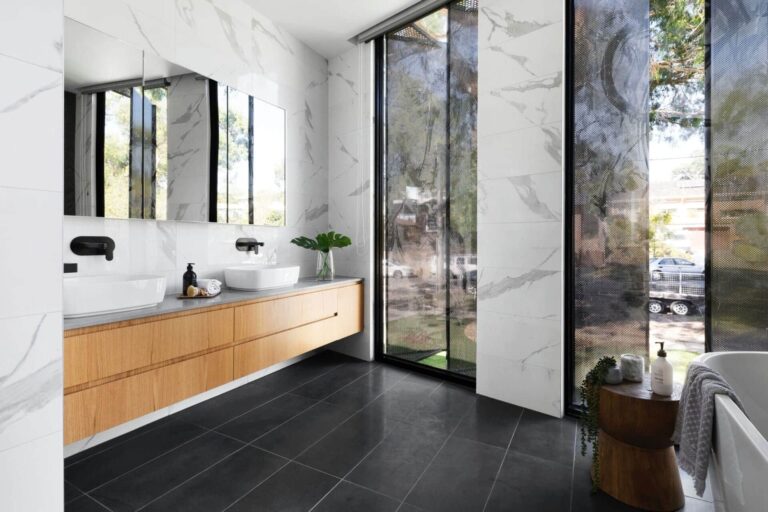Hey there, fellow Malaysians! 🌺 Have you ever felt the frustration of construction delays or watched as tall buildings seem to take ages to rise? Well, there’s a game-changer in town—modular construction! Imagine a world where your dream home or commercial space can be completed in a fraction of the usual time, all while being smarter and more sustainable. That’s exactly what modular construction is bringing to the table for our Malaysian developers. In this article, we’re diving into how this innovative approach is shaking up the construction industry, making it not only quicker but also more efficient and environmentally friendly. So, let’s explore how modular construction is paving the way for a new era of building in Malaysia! 🚀🏡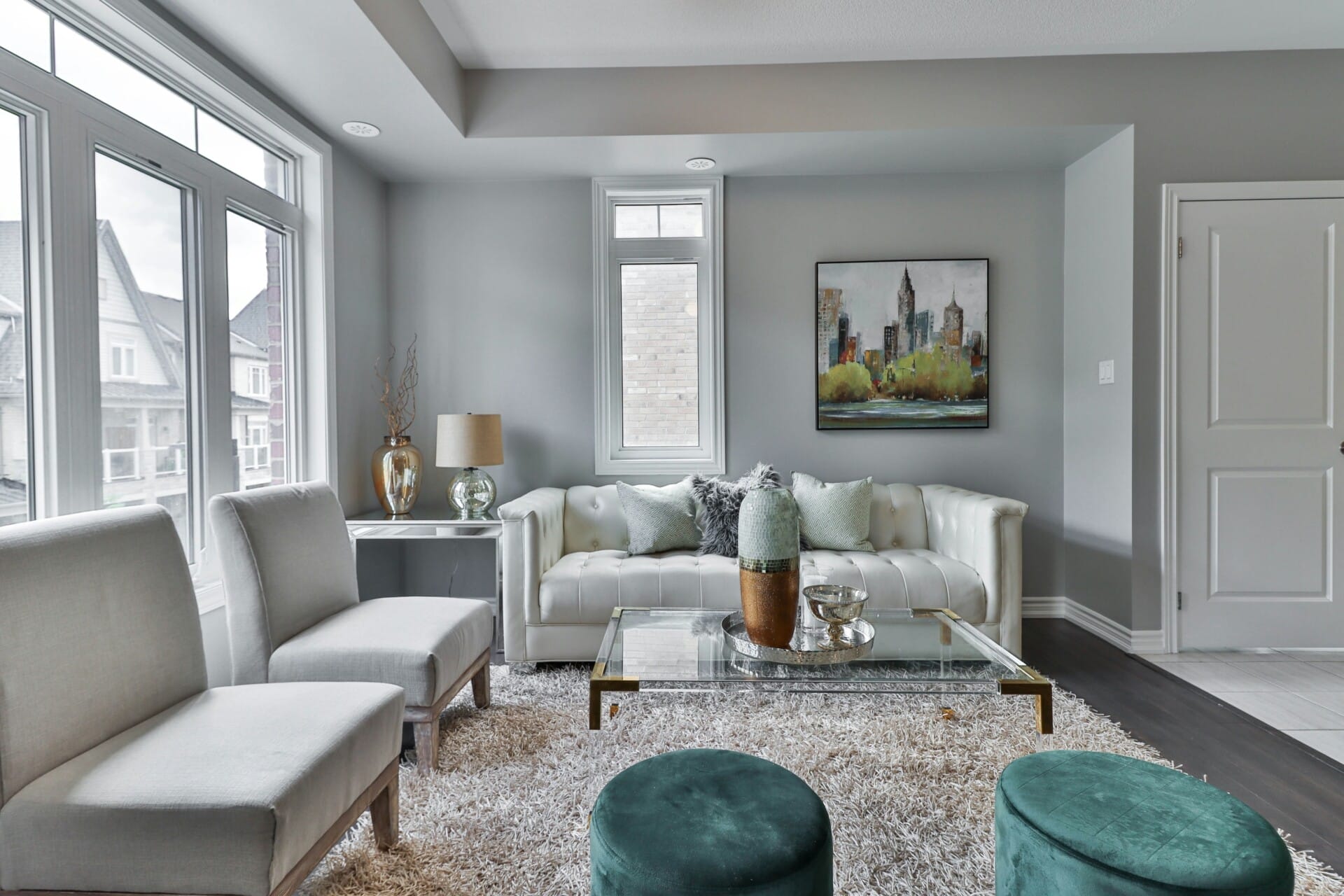
Embracing Modular Methodologies in Malaysian Development
The transformative wave of modular methodologies is sweeping through Malaysia, reshaping the way construction projects unfold. By utilizing modular construction, developers are streamlining their processes, reducing waste, and meeting the growing demands for quality housing and commercial spaces. This is achieved by prefabricating sections of buildings in controlled environments before transporting them to the construction site, leading to quicker project timelines and higher quality control. This approach not only shortens the overall construction period but also ensures minimal disruption to the surrounding environment, catering to both economic and ecological goals.
One of the biggest advantages of adopting modular construction in Malaysia is the cost-effectiveness it brings along. Thanks to factory-based production methods, developers can significantly cut down on labor costs and material waste. Here’s why it stands out:
- Reduced Construction Timeline: Assembly-line production results in overlapping schedules, enabling quicker completion.
- Quality Assurance: Factory conditions ensure meticulous attention to detail and fewer defects.
- Less Waste: Precise material planning minimizes excess, leading to sustainable practices.
Moreover, modular construction allows for greater flexibility in design and functionality. Developers can easily adapt spaces for various needs, whether it’s residential, commercial, or industrial. With an ever-evolving market, meeting diverse user requirements has never been easier. Consider the following attributes that make modular designs increasingly appealing:
| Feature | Benefit |
|---|---|
| Customization | Tailored solutions for diverse projects. |
| Scalability | Easy expansion or downsizing of spaces. |
| Timely Delivery | Timely completions keep budgets in check. |
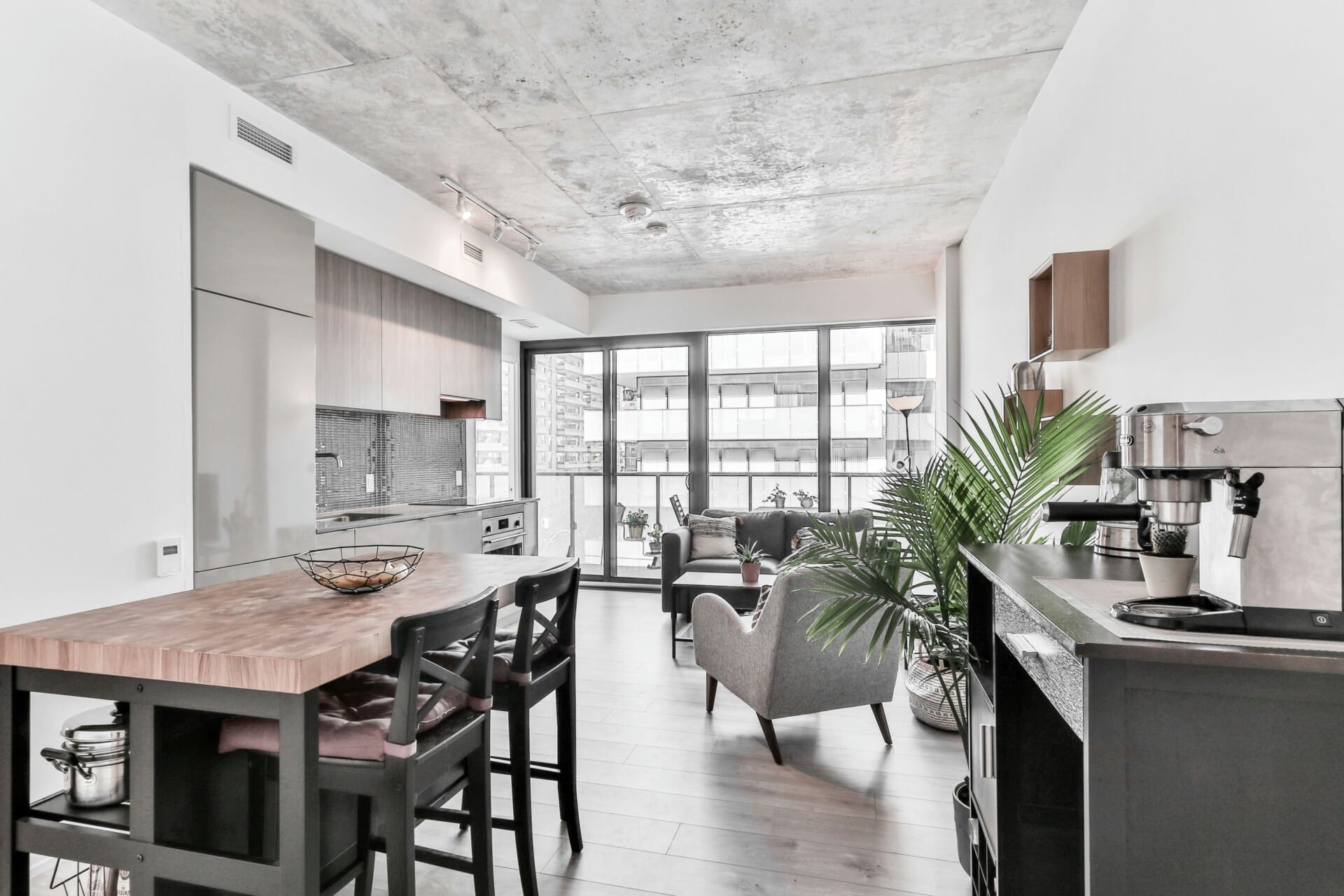
Streamlining Construction Processes through Prefabrication
In the fast-paced world of construction, timing is everything. Malaysian developers are increasingly turning to prefabrication as a way to enhance efficiency, reduce waste, and boost productivity on-site. By assembling components in a controlled environment before transporting them to the construction site, developers can fight against the common delays associated with traditional building methods. This approach not only accelerates project timelines but also minimizes the risks associated with weather and other environmental factors that can derail progress.
The benefits of prefabrication extend beyond mere time savings. By leveraging modular construction techniques, builders can achieve higher levels of quality and consistency. Each module is crafted under stringent quality control standards, which means that there’s less room for human error. This attention to detail is particularly crucial in a diverse landscape like Malaysia, where varying climates and conditions can pose unique challenges. Additionally, the use of prefabricated components can support eco-friendly practices by reducing material waste and promoting sustainable construction methods.
It’s not just about speed and quality; prefabrication fosters an environment of innovation. With advanced technology, developers can customize designs to better meet the needs of Malaysian consumers. Some benefits include:
- Cost Efficiency: Streamlined processes can lead to reduced labor costs.
- Design Flexibility: Modular designs can be easily adapted for various projects.
- Safety: Off-site construction minimizes accidents and enhances worker safety.
The shift towards modular construction may be the key to a smarter building future for Malaysia’s developers, helping them not only keep pace with current demands but also innovate for tomorrow.

Cost-Efficiency of Modular Construction in Urban Areas
Modular construction is revolutionizing the way properties are developed in urban areas, particularly in Malaysia. Traditional building methods often lead to project delays and escalating costs, which can deeply affect budgets. However, with modular construction, developers can create building components in controlled environments and then transport them to the site for quick assembly. This method allows for substantial time savings compared to conventional on-site construction, enabling developers to meet market demand without sacrificing quality.
Not only does this approach save time, but it also brings down costs significantly. Some key factors contributing to cost-efficiency include:
- Reduced Labor Costs: With prefabrication, fewer workers are needed on-site, which means substantial savings on labor.
- Minimized Waste: Manufacturing units in a factory setting leads to better material management and less waste, thus reducing overall expenses.
- Faster Turnaround: Projects completed faster mean quicker returns on investment, allowing developers to reinvest their capital in new projects.
Let’s take a closer look at the financial impact. Below is a simple comparison of typical costs associated with traditional vs. modular construction methods:
| Construction Method | Average Cost per Square Meter | Time to Completion |
|---|---|---|
| Traditional Construction | RM 1,500 | 12-18 months |
| Modular Construction | RM 1,200 | 6-9 months |
This table highlights how modular construction not only lowers costs but also significantly shortens the timeline for development. With these advantages, developers in Malaysia can truly build faster and smarter, positioning themselves as leaders in the evolving urban landscape.
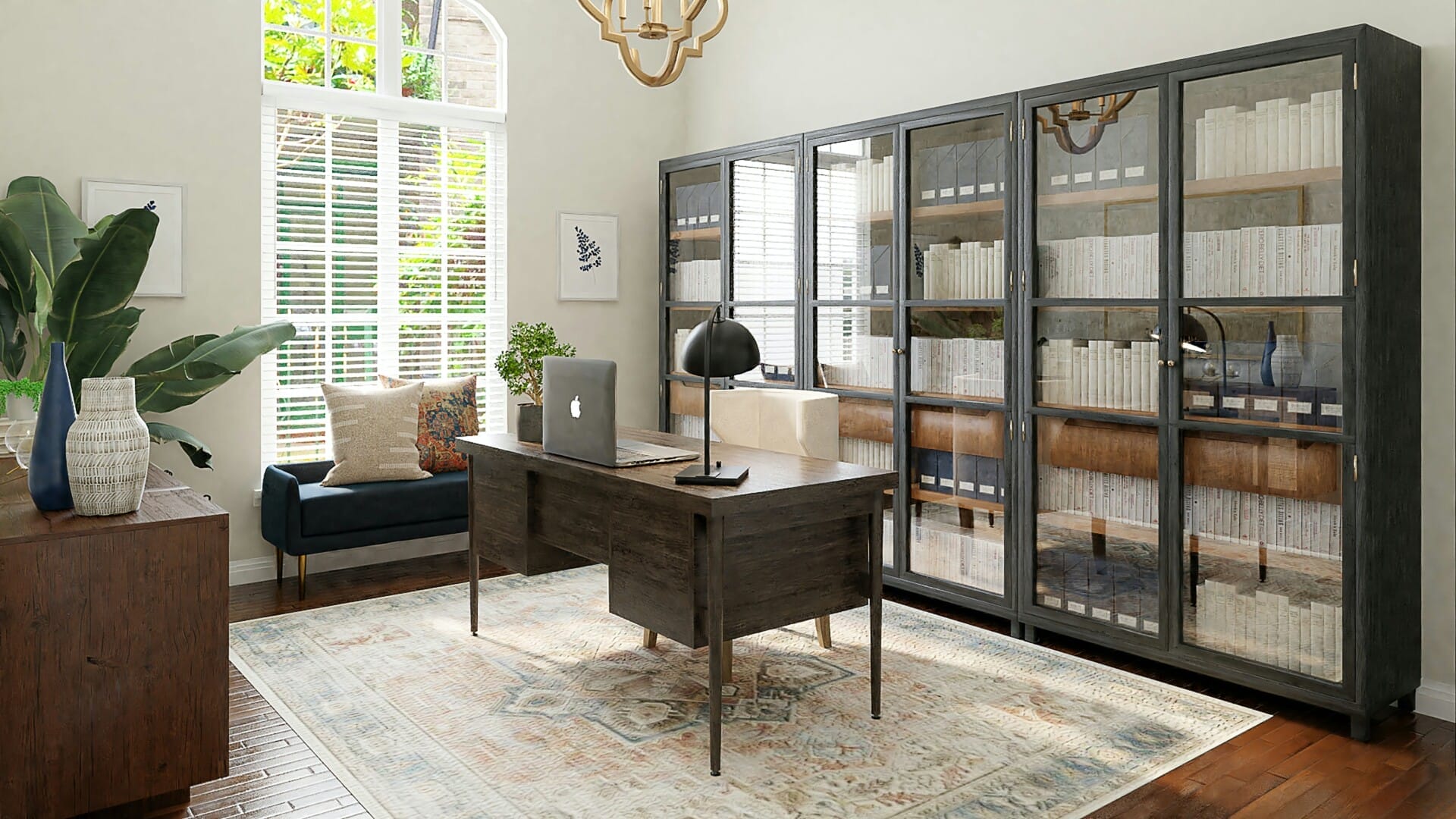
Enhancing Sustainability: A Green Approach to Building
Modular construction is transforming the way Malaysian developers approach their projects by integrating sustainability right from the planning stages. Instead of using traditional methods that often lead to excessive waste and extended timelines, modular techniques focus on designs that prioritize efficiency and low environmental impact. With prefabricated components made off-site, developers can cut down on construction debris and minimize pollution commonly associated with standard building processes.
This innovative building method embraces a circular economy by promoting the reuse of materials and reducing energy consumption. Key benefits include:
- Reduced Waste: Prefabrication allows for precise material cutting, which means less leftover scrap.
- Energy Efficiency: Modules are designed with sustainable energy systems, helping to lower ongoing operational costs.
- Lower Carbon Footprint: The transportation of components, rather than entire construction teams, can significantly cut emissions.
Moreover, many modular construction companies in Malaysia are adopting green certifications to ensure that their buildings not only meet local regulations but also align with international sustainability standards. These companies often utilize eco-friendly materials, implement rainwater harvesting systems, and incorporate natural ventilation designs. This holistic approach not only enhances the appeal of their buildings but also positions Malaysian developers as leaders in sustainable architecture.

Improving Quality Control with Offsite Manufacturing
Quality control has always been a vital aspect of construction, but with the rise of offsite manufacturing, it’s taking on a whole new level in Malaysia. By shifting much of the construction process to controlled factory environments, developers can manage materials and workmanship more effectively. This not only reduces waste but also enhances the durability and reliability of the building components, making it easier to meet or even exceed standards.
One key advantage is the standardization of processes and materials in a factory setting. When structures are assembled offsite, developers can implement stringent checks at every stage, ensuring that all components are manufactured to predetermined specifications. This includes:
- Continuous inspection of materials
- Automated quality tests
- Reduced human error through controlled environments
Furthermore, the collaborative nature of modular construction fosters better communication and transparency within the project team. With everyone on the same page, it leads to quicker identification of issues and timely resolutions. Consider this table illustrating the benefits of offsite manufacturing for quality control:
| Benefit | Description |
|---|---|
| Consistent Quality | Standardized production minimizes variability. |
| Enhanced Efficiency | Faster inspections lead to quicker turnarounds. |
| Lower Costs | Less rework boosts the bottom line. |
offsite manufacturing isn’t just a trend; it’s a game-changer for quality control in Malaysian construction, paving the way for projects that are built faster and with higher standards. By embracing this innovative approach, developers are creating a win-win situation—enhancing the overall safety and satisfaction of future homeowners while still meeting tight deadlines in a competitive market.
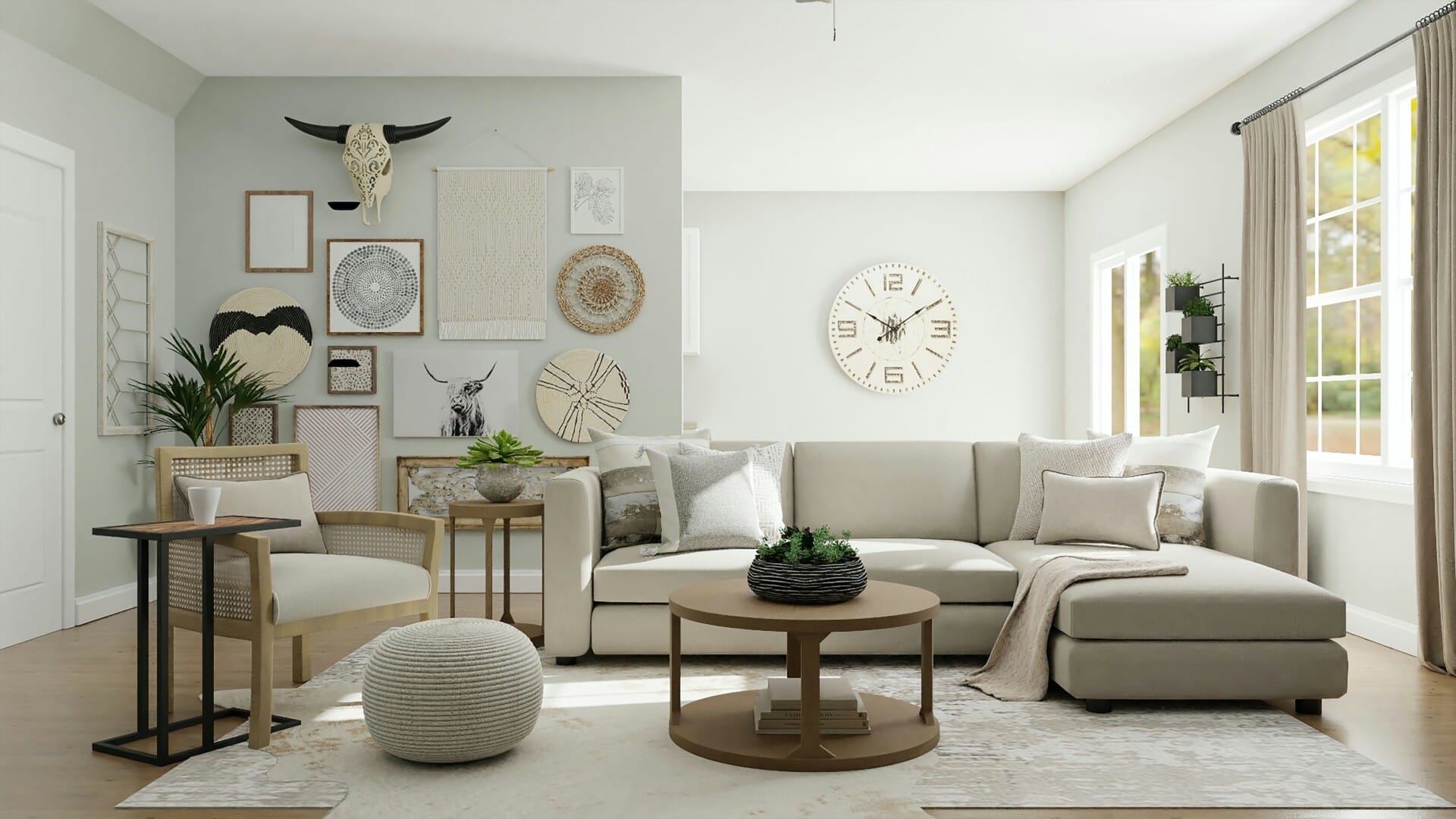
Fostering Collaboration Among Stakeholders in Construction
In the evolving landscape of modular construction, collaboration plays a pivotal role in success. When developers, architects, and contractors join forces early in the process, it creates a synergy that drives innovation and efficiency. By utilizing technology platforms, stakeholders can share insights and track progress in real-time, allowing them to identify challenges and adapt quickly to changing needs.
One effective strategy to enhance teamwork is through the formation of interdisciplinary project teams. These teams bring together professionals from various fields to brainstorm and tackle potential issues. Some key benefits include:
- Improved communication: Breaking down silos fosters a culture of open dialogue.
- Increased transparency: Everyone has access to the same information, reducing misunderstandings.
- Faster problem-solving: Diverse expertise often leads to quicker, more creative solutions.
To visualize the impact of collaboration in modular construction projects, consider the table below. It highlights essential factors contributing to successful partnerships among stakeholders:
| Factor | Impact |
|---|---|
| Regular Meetings | Aligns objectives and expectations. |
| Shared Technology | Streamlines workflows and enhances accountability. |
| Feedback Loops | Encourages continuous improvement and adaptation. |
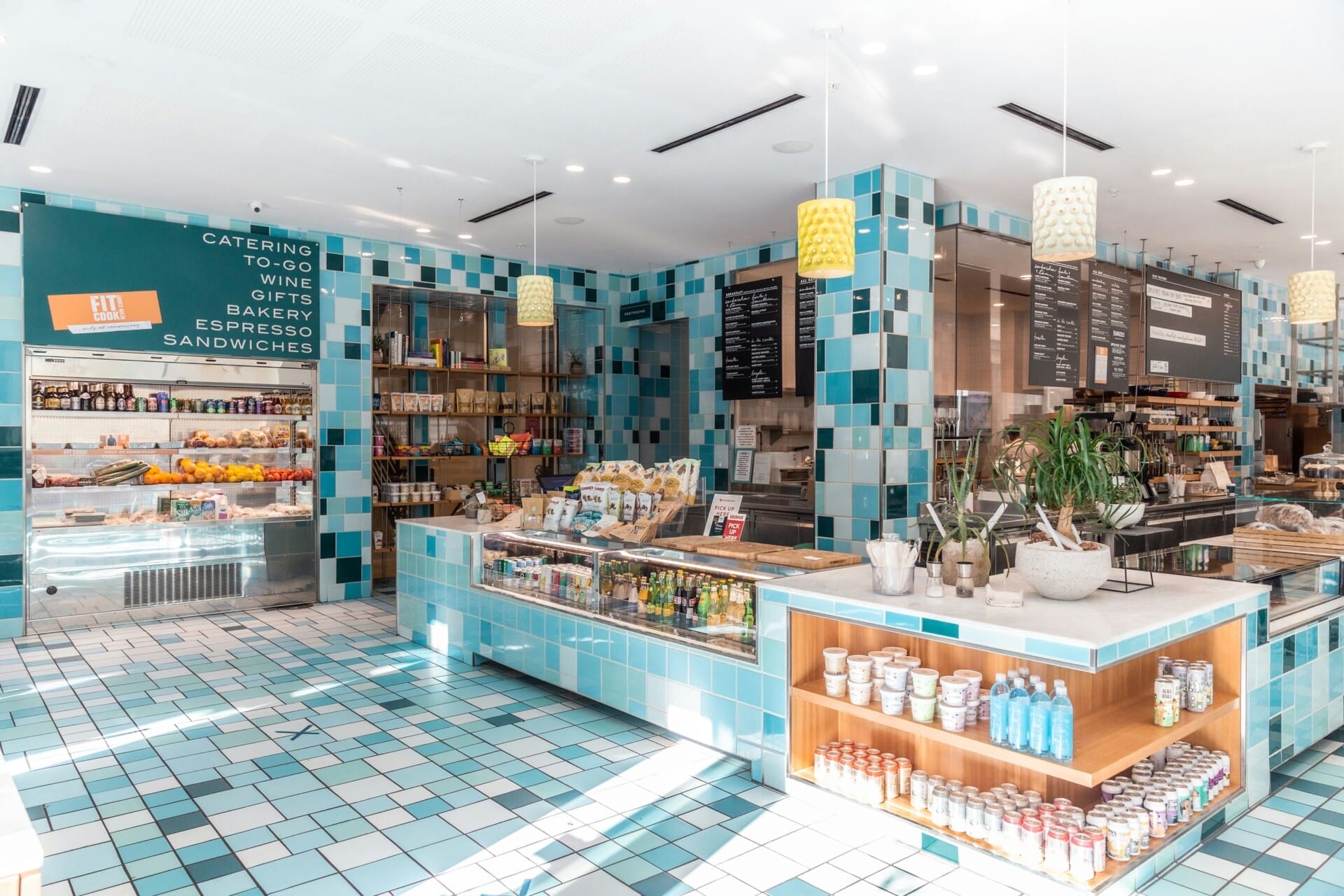
Addressing Regulatory Challenges for Modular Projects
As modular construction continues to gain traction in Malaysia, developers are often faced with a series of regulatory hurdles that can slow down project timelines. Navigating through local building codes, safety regulations, and environmental standards can be quite challenging. It’s crucial for developers to stay informed about the 最新法规 as they evolve, especially in areas like materials certification and assembly methods.
One significant issue is the need for compliance across various governmental bodies. This can lead to the following challenges:
- Multiple approvals: Securing permissions from different agencies can make the modular process lengthy.
- Standardization concerns: The lack of universally accepted standards can result in conflicting requirements.
- Training deficits: Workers and regulators may not be sufficiently trained in modern modular techniques.
To combat these obstacles, it’s essential for developers to establish strong communication channels with regulatory agencies. Joint workshops and training programs can help harmonize understanding and expectations surrounding modular construction. Additionally, staying proactive through industry associations might pave the way for clearer guidelines and smoother project execution, ultimately making the move towards fast and smart building a reality.
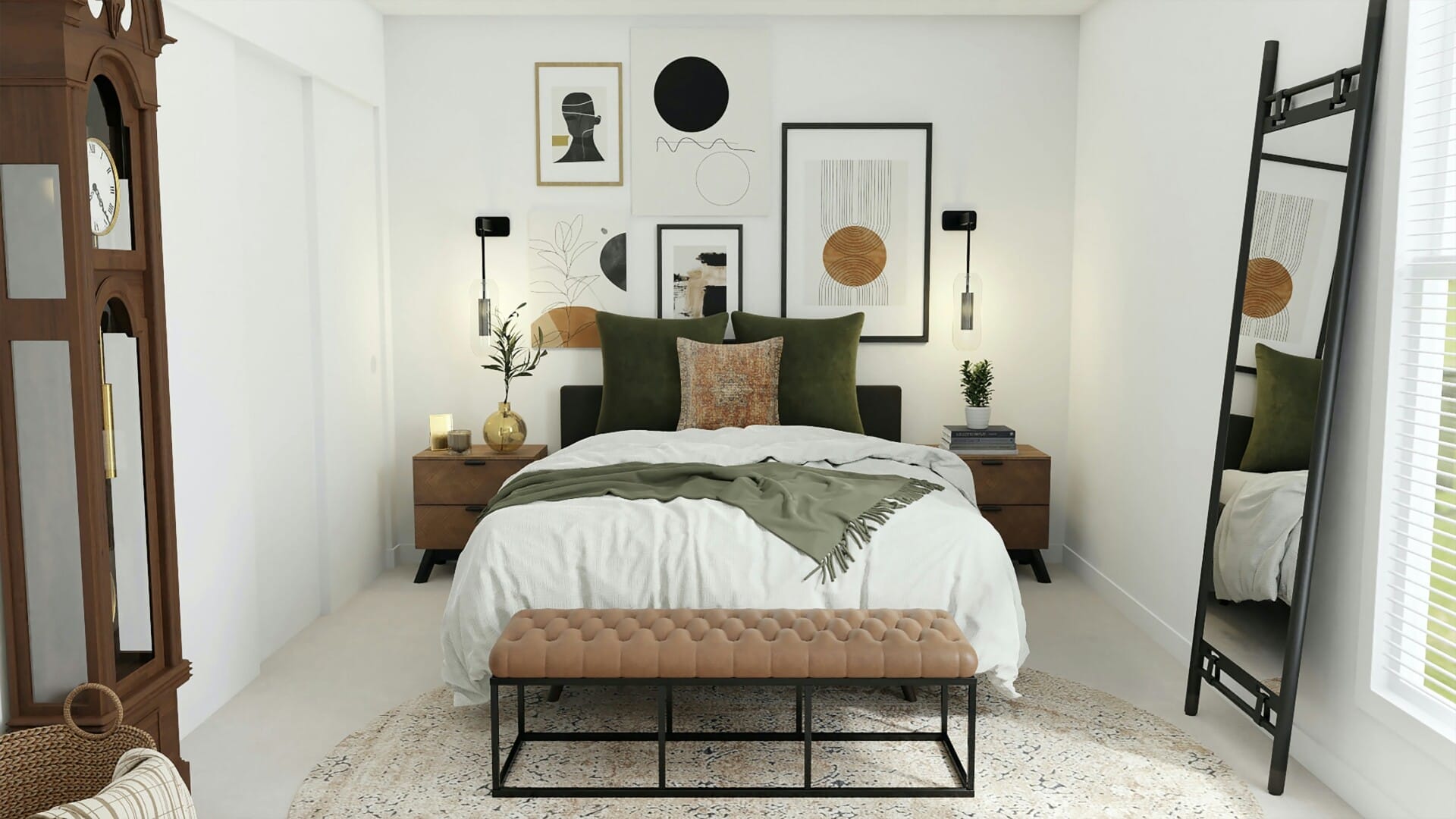
Future Trends: Innovations Shaping Modular Construction in Malaysia
As Malaysia pivots towards a more sustainable and efficient construction landscape, a wave of innovative technologies is catalyzing the evolution of modular construction. Advanced manufacturing processes are now streamlining the assembly line, allowing developers to create building components with unparalleled precision. Robotic automation and 3D printing are making waves, enhancing both the speed and quality of construction. These innovations not only minimize construction waste but also provide a more cost-effective approach to meeting the growing demand for housing and commercial spaces.
Moreover, the integration of Building Information Modeling (BIM) is reshaping the planning and design phases in modular construction. This innovative technology facilitates better collaboration among stakeholders, ensuring every detail is accounted for before breaking ground. With BIM, developers can visualize the entire project lifecycle, which aids in identifying potential challenges early on and optimizing project timelines. The result? A significant reduction in delays and overruns, which are often the bane of traditional construction methods.
Meanwhile, sustainability remains at the forefront of these advancements. Developers are looking at eco-friendly materials and energy-efficient designs that align with Malaysia’s commitment to environmental conservation. This shift is not only beneficial for the planet but also attracts eco-conscious buyers. In addition to that, incorporating smart building technologies ensures that modular constructions are equipped to meet modern demands, such as IoT connectivity and renewable energy sources. The marriage of technology and sustainability is setting a new benchmark for the future of construction in Malaysia.
Wrapping Up
As we wrap up our exploration of modular construction in Malaysia, it’s clear that this innovative approach is changing the game for developers across the nation. With its ability to expedite building timelines and streamline processes, modular construction is not just about erecting structures faster; it’s about reimagining how we think about development in the 21st century.
From bustling urban centers to serene rural landscapes, this method is paving the way for smarter, more efficient construction that meets the demands of our growing population. Whether you’re a developer, an architect, or simply a curious Malaysian, the future is looking bright.
So, keep your eyes peeled for those modular marvels popping up in your neighborhood. Who knows? The next time you see a building go up in record time, it might just be a product of the modular revolution, transforming the way we live and work, one block at a time. Until next time, stay curious and keep building towards a brighter future! 🏗️✨